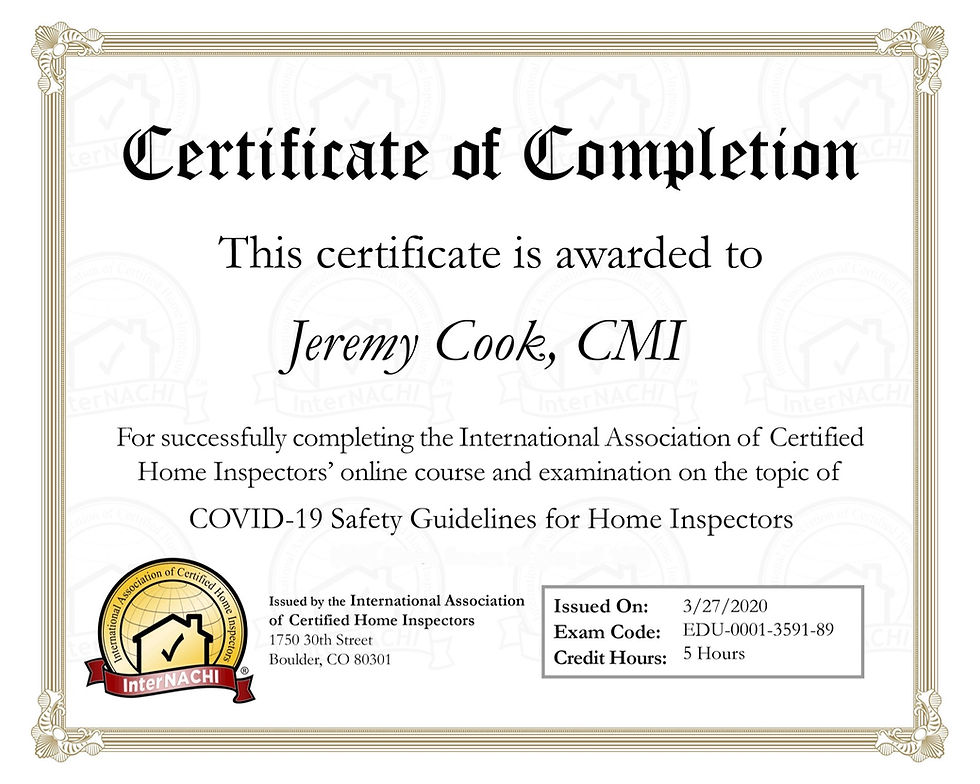Foundation Cracks
- Jeremy Cook

- Feb 7, 2020
- 2 min read
Concrete cracks come in a variety of shapes and sizes and indicate everything from typical curing of the concrete to significant structural issues and basement leaks.
Typical Basement Foundation Wall Cracks:
-The most common by far with the average home having 2-5 cracks likes these.
-This happens naturally as the wet concrete dries and shrinks creating small cracks.
-If cracks allow water to enter the basement they should be sealed using epoxy injection at a cost of approximately $800-$1200 per crack.
-If lot grading, underground weeping tile, and downspouts are maintained properly there is little need to fill these cracks. Home owners often try to fill or cover the cracks with poor quality concrete or silicone, this has no positive or negative affects on the crack and is of no use.

Settlement Cracks:
-These cracks are typically diagonal and are a bit wider at the top than lower down indicating part of the home is settling.
-All though they are not necessarily something to panic about (homes do settle over time), you should keep an eye on cracks like this for additional movement and contact an engineer if movement persists.
-These cracks are more likely to allow water penetration as they are generally wider (you could place a loonie or toonie on edge inside the crack). If the concrete is visible inside the home, stains or efflorescence are usually visible at these cracks indicating at least some small amount of water penetration.

Cracks in Basement Floors:
-A very common concern for home buyers. The fact is though that 99% of the time these floor cracks are unavoidable and completely normal.
-Concrete floors add no structural value (except wood foundations) to the home and are usually thin and prone to cracking.
-In areas with high water tables, cracks like these should be filled to prevent water intrusion.

Cracks or Settlement of Garage Pads:
-Some shifting and settlement, along with cracking, is normal for a garage pad. Garage pads are held up with columns and are not fully supported. They also typically see rapid temperature and weight load changes.
-Significant settlement, heaving, or cracking can require complete removal and replacement of the garage pad. Mud jacking (or foam jacking) is sometimes possible depending on the extent of the settlement and cracking and is a more cost effective option than replacement.

Horizontal Cracks and Lateral Movement:
-These ARE serious cracks.
-They happen though the mismanagement of ground water being dumped too close to the home by short downspouts or poor lot grading. Your home inspector makes a big deal about downspouts, lot grading and water management for just this reason.
-Repairs are costly and require further evaluation by an engineer to determine corrective action. $$$






Comments